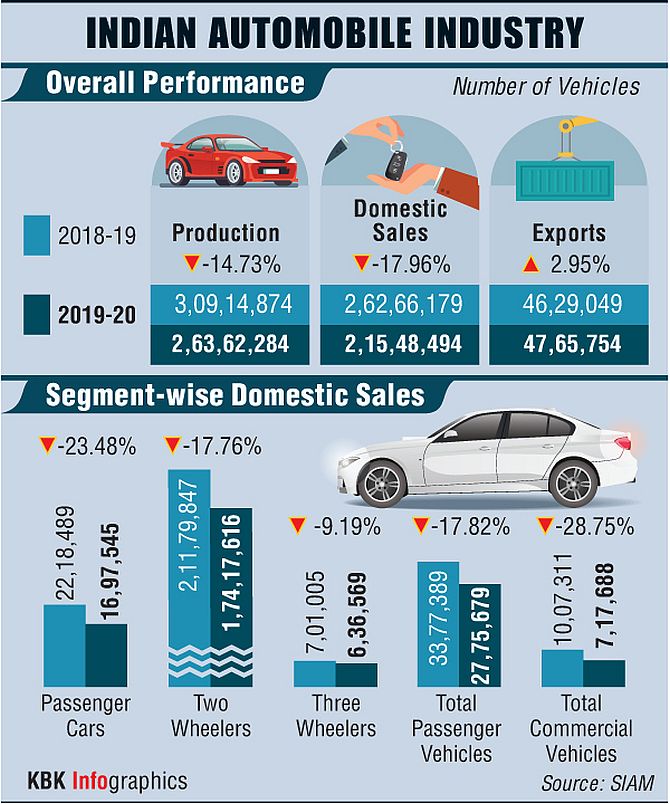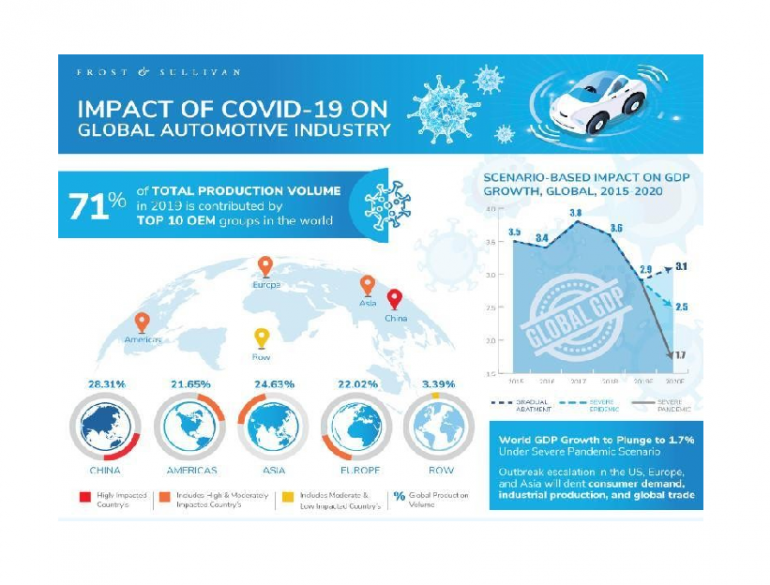The first half of 2020 has been dominated by a global pandemic that has shaken the world. COVID-19 is a name that will echo across the decade as one of the biggest crises humankind has ever faced. Stock markets have crashed, recession runs rife across nations and economies are strained like never before.
The New Normal Workforce

On the professional front, businesses are doing everything they can to stay afloat in these trying times. Virtually every industry has been hit hard, having to opt for layoffs and cutbacks to keep their company engines running. Different industrial sectors have learnt to cope with the crisis in different ways.
Understandably, industries that deal in non-essential commodities have taken the biggest hit. When the basic essentials themselves are in short supply, the luxuries of life are a distant dream! Among the names that have taken the brunt of this economic slump is the automobile industry. In developing countries like India, a car is still a life goal for most of the middle-class demographic. Needless to say, the impact on the industry has been significant. How has the industry adapted, and what lies on the road ahead for the world of vehicle trade? Here is our take on the subject.
Status Report
It has to be noted that the Indian automobile industry was looking at 2020 with hope for growth. In the previous financial year, the sector had seen a slump of around 20%. 2020 was supposed to be the year of new automobile launches. Many innovative concepts were in store, whether it’s new car makers making landfall in India or even Bharat Stage 6 emission policies. The COVID-19 pandemic put a dampener on those plans, with most auto companies having to come to a standstill and shutting down production indefinitely. Let’s take a closer look at the repercussions of the pandemic faced by the auto industry.
The Impact

When the crisis is on such a large scale, it affects every single aspect of the automobile industry’s supply chain. From fabrication to dealership, every category in the sector has taken a hit in some way or the other.
– On the supplier end, there has been a dire shortage of parts due to the halting of production. International imports are also currently not an option.
– The OEM sector is also affected due to the same delay in production, especially in terms of the rollout of the new BSVI stage models.
– Car showrooms are witnessing almost no footfalls thanks to the advent of social distancing and quarantine. Since there’s no direct demand for automobiles, the prices are going through the roof, creating a vicious effect.
– Finally, the customers themselves have shifted focus from automobiles to more reliable investments that would serve them well in a post COVID-19 world.
The one silver lining in this scenario is the surge in popularity of online portals to browse cars. Since people can’t step out much during the lockdown, these options are the next best thing that help automobile investors stay in the loop. So how will the curve move from here on out? Will the rise be gradual or meteoric? Let’s try and predict the outcomes.
The Road Ahead
So we know what’s been going on in the automobile industry before and during the Coronavirus lockdown. Though things could still go any which way, this extended lockdown has opened the industry’s eyes to the “new normal”. In that regard, we’ve made some predictions on the major changes that will be implemented in the industry for a post-COVID world.
– Greater demand for budget vehicles and two-wheelers. Let’s face it, the extended lockdown has placed a strain on everyone’s purse strings. In the months following the lockdown, even active investors will be looking for something economical. Add to this the ever-present concept of social distancing, which has shifted people’s preferences in favour of more self-sufficient transport options. In an “unlocked” India, we might see a lot less car sales.
– Emphasis on locally made parts and products. Since international travel and trade are heavily restricted during this lockdown, sourcing parts for foreign builds is an uphill task. Therefore, Indian car manufacturers will turn to more viable options to make their assembly lines more self-sufficient. More company lines will step up and produce parts required for their makes and models, to streamline the process.
– A step beyond conventional manufacturing practices. Following this lockdown, the auto industry as a whole will go back to the drawing board and brainstorm as to how they can streamline production. Lesser people, more automation for an all-round safer experience in the manufacturing front. Also, car makers will reconsider the profitability of their more unconventional offerings, such as EVs. In a struggling economy, pitching non-affordable options is not the best strategy.
– The decline of showroom significance. Before COVID, visiting a fancy showroom to get a good look at cars and scooters was the norm. The lockdown has opened everyone’s eyes to the flexibility of online platforms to browse for cars. This could put a huge dent in showrooms’ viability in the post-lockdown scenario.
As India is poised to slowly “unlock” back to normalcy, the jury is still out on how things will pan out for the business world. Let’s wait and watch to see how the automobile industry adapts to this setback!
2




